Safe, Clean Water for L.A. County
The Safe, Clean Water Program provides local, dedicated funding to increase our local water supply, improve water quality, and protect public health.
Program Goals
Developed in collaboration with public health, environmental groups, cities, business, labor, and community-based organizations, the Safe, Clean Water Program:
- Updates LA County’s water system to capture more of the billions of gallons of water we lose each year.
- Helps protect our coastal waters and beaches from the trash and contaminants in stormwater that make people sick and threaten marine life.
- Modernizes our 100-year-old water system infrastructure using a combination of nature, science, and new technology.
- Helps protect public health, ensuring safer, greener, healthier, and more livable spaces for all.
- Prepares our region for the effects of a changing climate – including recurring cycles of drought, wildfire, and flooding.
- Requires strict community oversight and independent auditing which would ensure local monies raised would stay local.
Locally-Controlled Dedicated Funding
The Safe, Clean Water Program generates up to $285 million per year from a special parcel tax of 2.5 cents per square foot of impermeable surface area on private property in the LA County Flood Control District. Publicly-owned parcels, including schools, are exempt under state law. Property owners who have installed stormwater-capture improvements can qualify for a tax credit. Qualifying low-income seniors and non-profit organizations are eligible for exemption.
Strong Fiscal Accountability
The Safe, Clean Water Program includes strict accountability requirements. All money must stay local to protect our clean water and increase our local water supply with annual reports and independent audits required.
Read more
Safe, Clean Water Program Brochure
Safe, Clean Water Program Benefits
Safe, Clean Water Program: Exemptions, Credits, Reductions & Appeals


